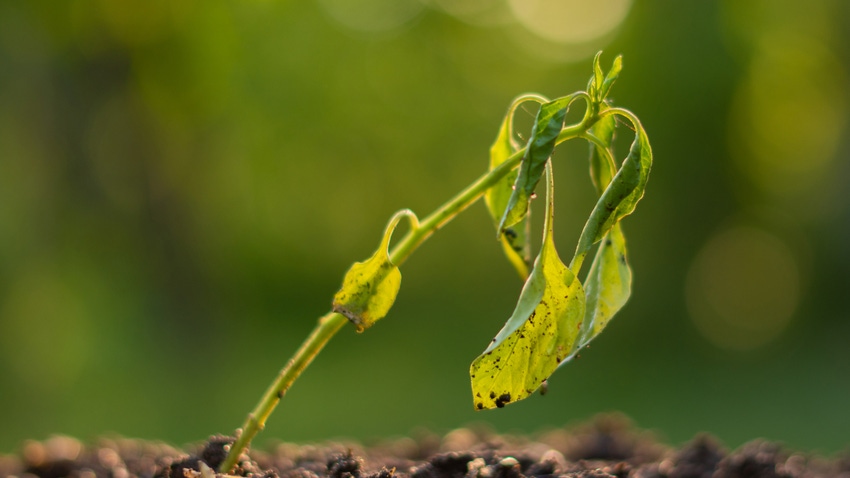April 1, 2024

In the intricate tapestry of agricultural ecosystems, plants are constantly engaged in a delicate balancing act, particularly when faced with the rigors of environmental stress. At the heart of this biological drama lies a group of versatile biomolecules known as reactive oxygen species (ROS). Under normal circumstances, these molecules are produced at basal levels, playing pivotal roles in various physiological processes within plants.
However, when confronted with abiotic stressors such as drought, the production of ROS escalates, notably including hydrogen peroxide (H2O2). This surge serves as a biochemical signal to the plant, triggering adaptive responses like the closure of stomata, a critical mechanism aimed at mitigating water loss and preserving moisture. Yet, prolonged stress can tip this delicate balance, leading to the accumulation of ROS at phytotoxic levels. In such instances, ROS transition from being mere signaling agents to instigators of cellular damage, resulting in cell membrane rupture, leakage, and ultimately, cell death.
While plants possess a natural defense system against oxidative stress in the form of antioxidants, prolonged or intense stress may overwhelm this defense mechanism, leaving plants vulnerable. Enter Arbuscular Mycorrhizae Fungi (AMF), the unsung heroes of agricultural symbiosis. These fascinating plant symbionts not only enhance nutrient uptake but also serve as guardians of plant health by synthesizing antioxidants.
Through intricate signaling mechanisms, AMF detect the plant's struggle to cope with excessive ROS levels, particularly in the face of relentless drought stress. In response, these symbiotic fungi spring into action, producing and delivering antioxidants to the plant at the root-fungal exchange point. This symbiotic relationship represents a remarkable example of nature's ingenuity, where organisms collaborate to enhance resilience in the face of adversity.
Recognizing the pivotal role of AMF in bolstering plant resilience, AECI introduces Biocult WS—a cutting-edge combination product formulated with three arbuscular mycorrhizal species and Trichoderma. This synergistic blend optimizes the performance of AMF, offering a potent solution to counteract the detrimental effects of depleted mycorrhizal populations in agricultural soils.
However, why the need for Biocult WS if nature already provides a contingency plan in the form of arbuscular mycorrhizae? The unfortunate reality lies in the consequences of conventional crop management practices, which have led to the depletion of native mycorrhizal populations in agricultural soils. Biocult WS arises as a strategic intervention to restore ecological balance, replenishing soil habitats with beneficial symbionts and safeguarding plant health even under adverse conditions.
In the summer of 2024, the transformative impact of Biocult WS was palpable as a farmer in Botswana witnessed firsthand its efficacy in revitalizing a heat-stressed maize crop. Similar success stories echoed across Europe, underscoring the universal applicability of Biocult in mitigating the effects of climatic stress on crops.
As we navigate the complex terrain of modern agriculture, it becomes increasingly evident that sustainable solutions rooted in ecological principles hold the key to resilience and productivity. Through innovations like Biocult WS, we pave the way towards a more harmonious coexistence between agriculture and nature, ensuring the vitality and longevity of agricultural ecosystems for generations to come.
You May Also Like

.png?width=300&auto=webp&quality=80&disable=upscale)



